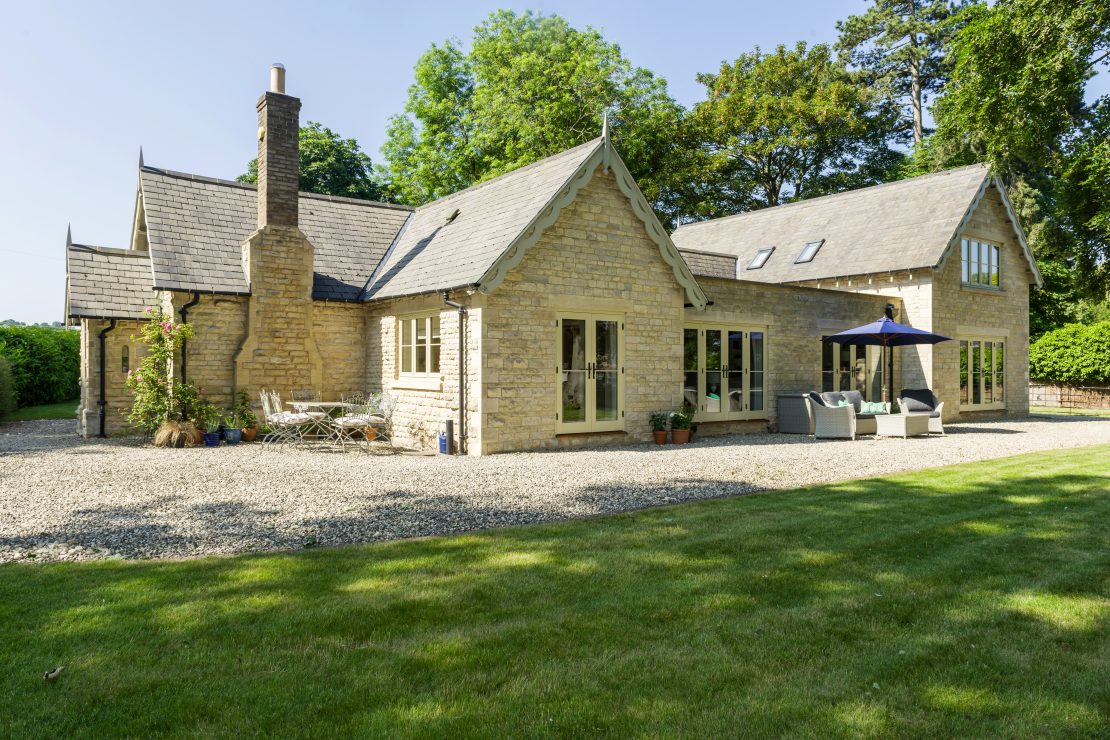August 15, 2019
An interesting read from the Wood Window Alliance and Homebuilding & Renovating:
If we specifically look at the design and manufacture of timber windows, their versatility and longevity mean that they are now specified for even the most contemporary projects as the sustainable long-term choice.
Homeowners choose wood-framed windows to enhance the aesthetics and performance of their home. From renewing worn-out plastic frames or replacing single-glazing, to restoring historic style in a sympathetic renovation or creating flair in a contemporary extension, timber windows add modern functionality and style.
Choosing the right window for your home is key to its efficiency and the overall appearance. Whether you are renovating a period home or embarking on an ambitious new build, the following timber window styles by Wood Window Alliance members will provide inspiration.
Spiral Balance Sash Windows
Sliding sash windows have been a significant feature of buildings in the UK since the end of the 17th century.Modelled on the traditional box sash design, the spiral balance sash window uses spiral rod torsion and tension springs, instead of a weight and pulley system, to bring the traditional window style into the 21st century. Many Wood Window Alliance members provide a ‘tilt and slide’ version for easy cleaning.
Stormproof Casement Windows
During the 1950s the traditional flush casement window design was adapted to provide enhanced weather protection. A lip was introduced to make the window stand proud of the face of the window frame, helping to better protect from driving rain, wind and snow – hence the name ‘stormproof’.
This type of casement window is commonly available with a number of opening options, including top hung (i.e. opens from the top of the window frame), side hung (i.e. opens from the side) and easy clean.
The latter opening option incorporates a reversible hinge that allows the window to be completely rotated so that the outside of the glass is on the inside for ease of cleaning.
Pivot Windows
Particularly useful for attics, lofts, staircases, high rises or any other unique and challenging space, pivot windows are easy to clean and offer secure ventilation.
Using a pivot mechanism, the window sash opens 180 degrees and is held suspended in the middle of the frame, either horizontally or vertically.
Pivot windows can come in varying sizes and can be circular, rectangular or square.
Tilt and Turn Windows
Tilt and turn windows provide the ideal solution for those properties that are difficult to clean from the exterior and which require secure ventilation.
Incorporating specialised hinges for dual opening, the tilt and turn window allows the window to be both tilted inwards to provide secure ventilation, and opened inwards (into the room) to allow for cleaning from the inside.

Personalising Your Timber Windows
One of the many advantages of timber windows is that they can be painted, stained or varnished to suit the property, Conservation Area or personal style. They are often available in a range of colours (and the paint finishes typically come with an 8-10 year guarantee.
Think you may tire of the colour? Another advantage of timber windows is that they can be repainted to suit changing fashions and tastes.
Which Timber is Best for Your Windows?
The variety of timbers and designs means that they can look as at home in a new build as they can in a property that’s been standing for a century or more.
A practical timber for windows is engineered softwood, such as Redwood, Scandinavian Pine and Siberian Larch. If you are looking to apply stains rather than a paint coating, then you may consider hardwoods such as European Oak, Grandis and Sapele.
For properties located in extreme coastal or exposed areas, a modified timber like Accoya is usually the preferred material.
To find out more, visit the Wood Window Alliance website or join us on Facebook or Twitter @Woodwindowall




















